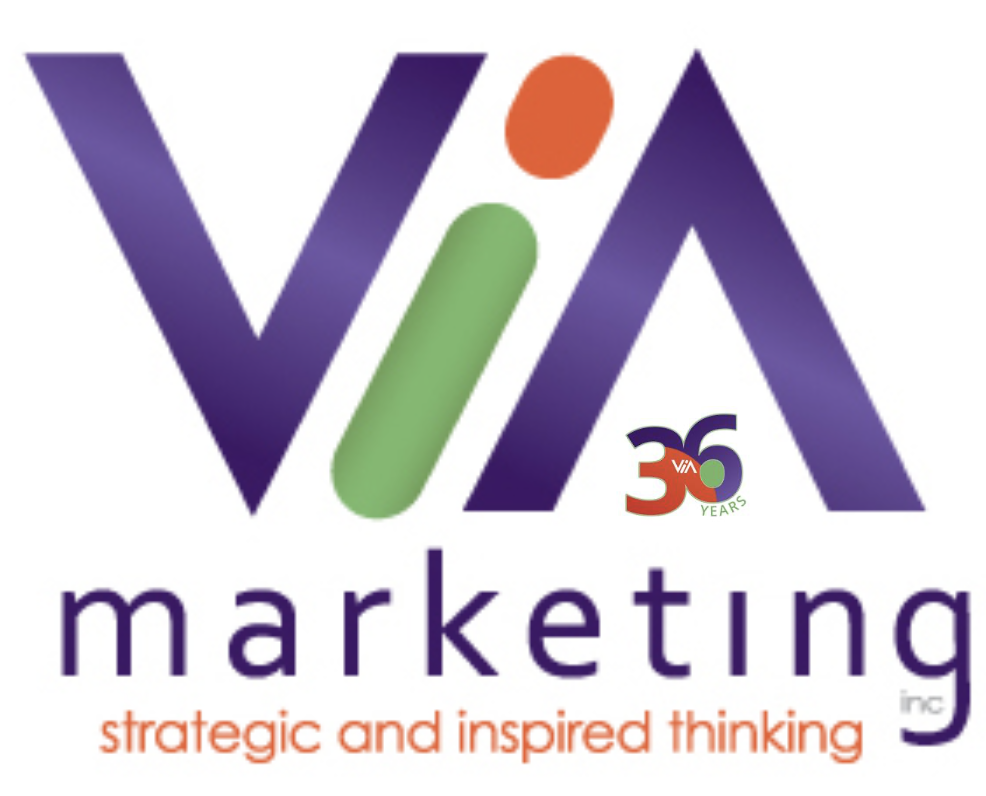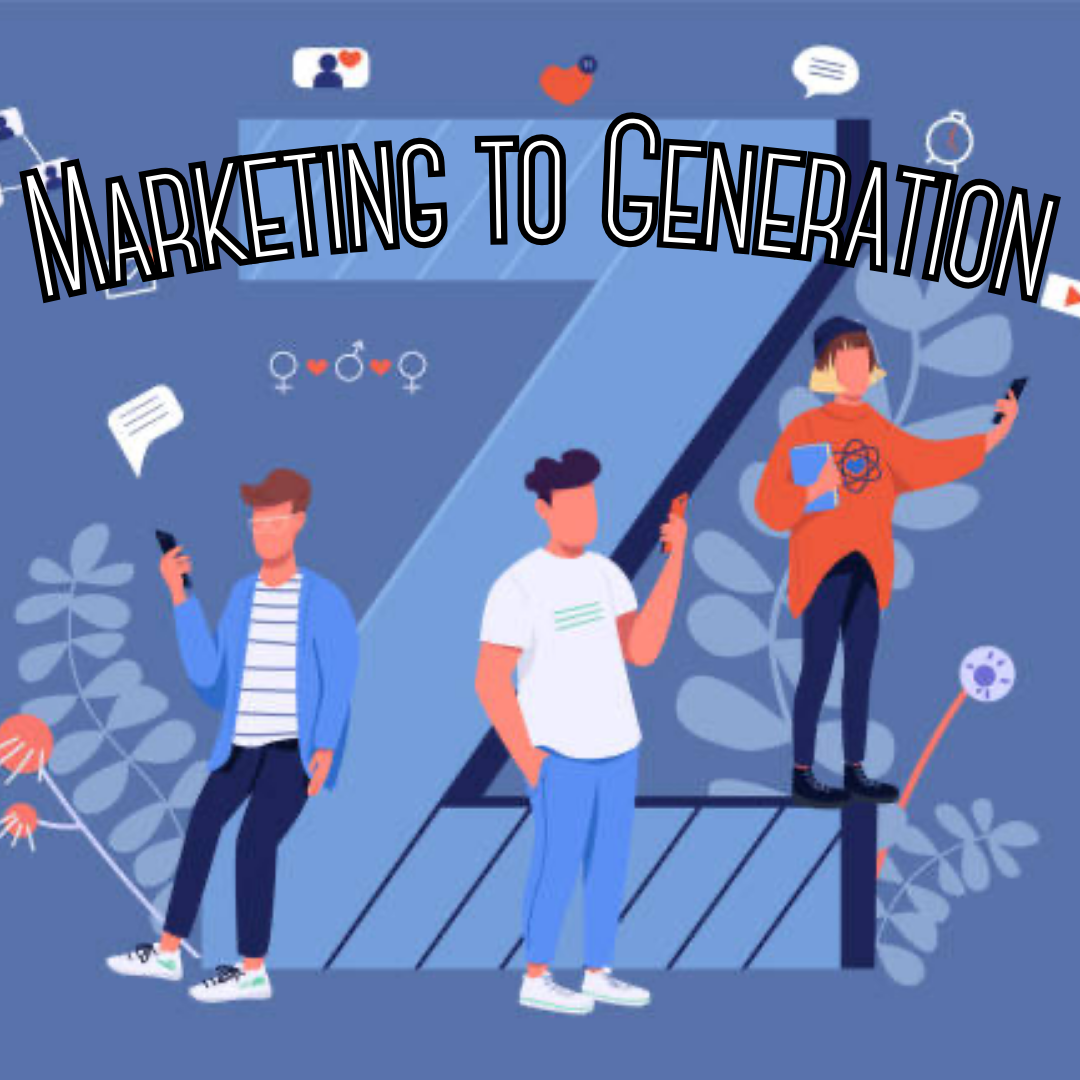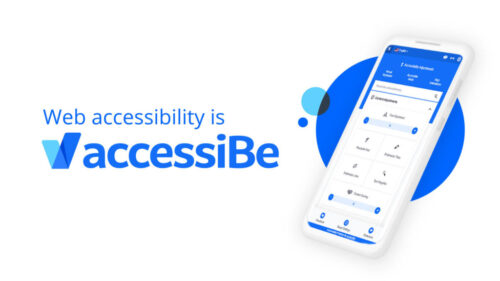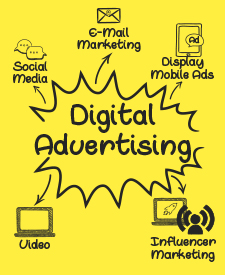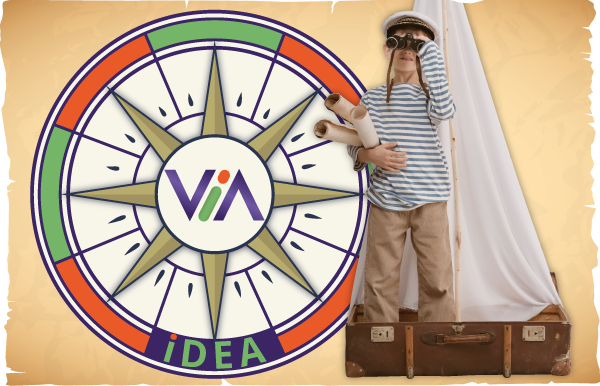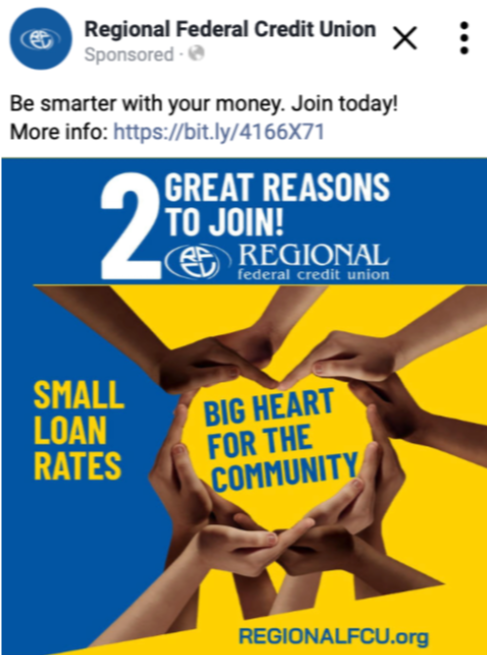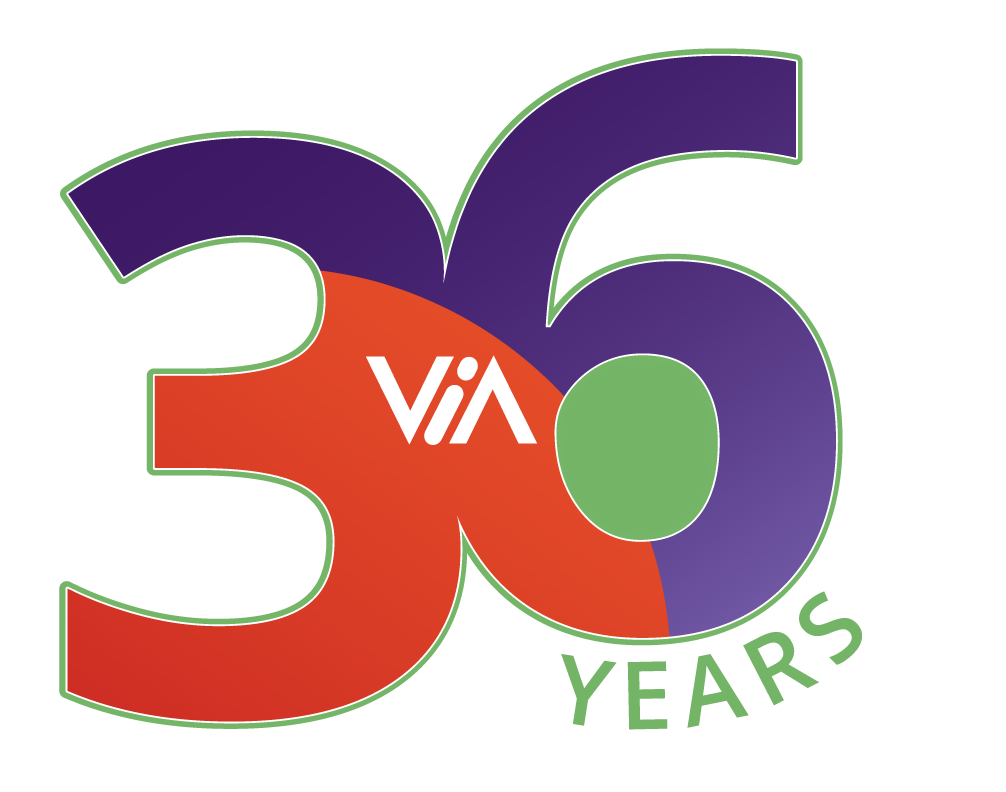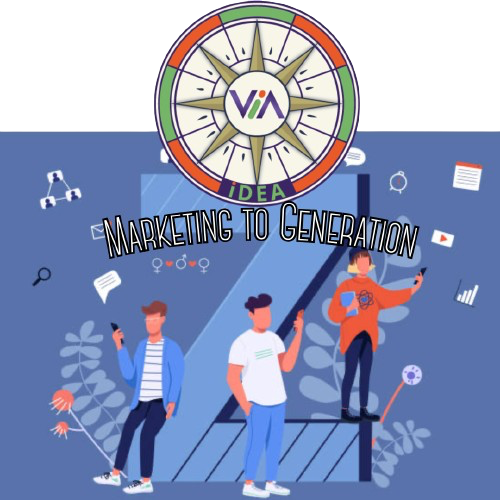
Understanding Generation Z
Generation Z, or Gen Z or Zennials, follows Millennials and precedes Generation Alpha; this cohort includes people born between 1997 and 2012. Like all age groups before, experiences profoundly influence Gen Z. Generation Z has encountered events such as pandemic lockdowns, economic instability, and internet presence.
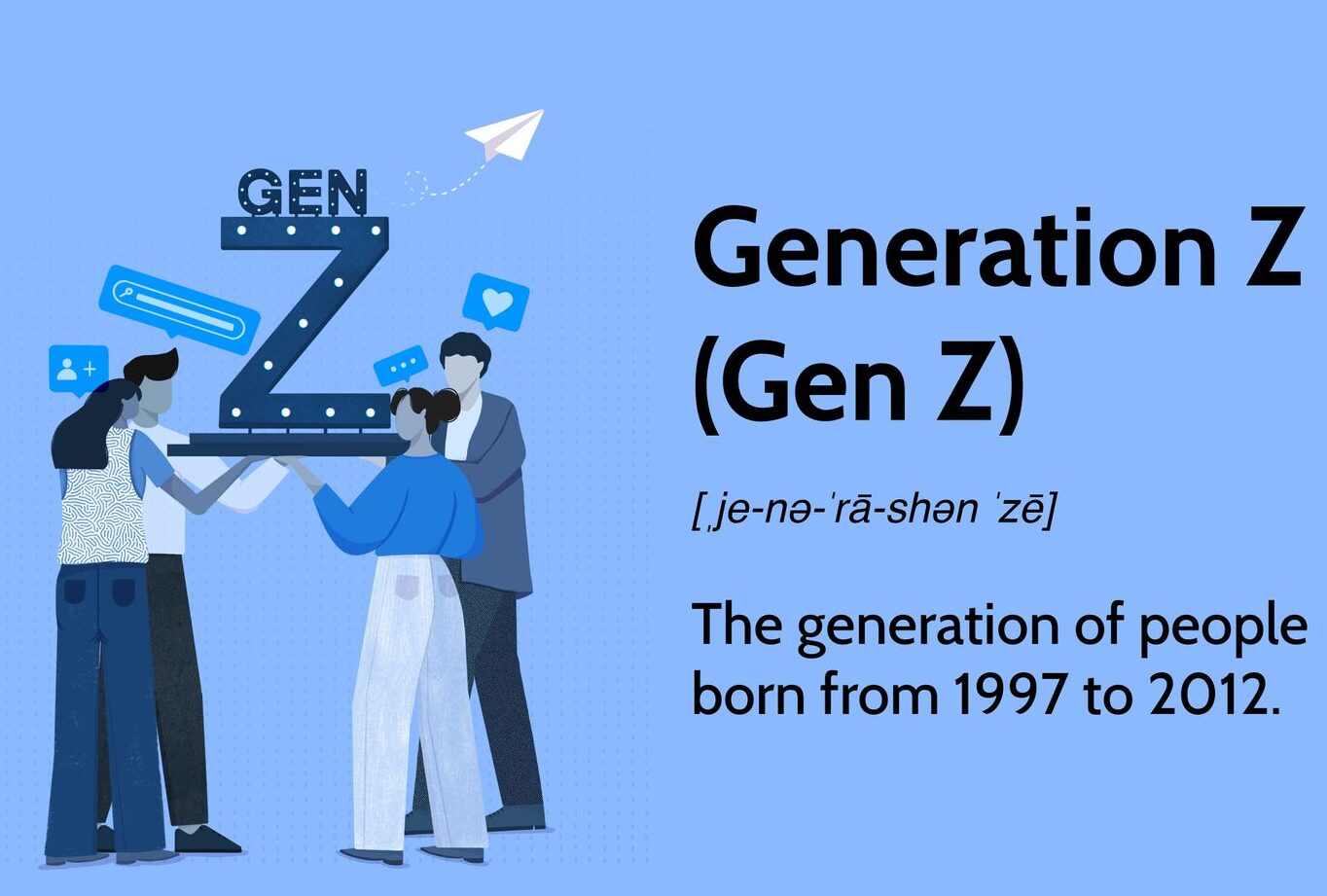
Notably, they are the first generation to have the internet integrated into their daily lives from a young age, known as internet natives. However, growing up with the internet can be a double-edged sword. While it allows for constant connection and communication, it can also create a false image of people’s lives, leaving viewers unsatisfied or even depressed about their own lives.
Generation Z relies on the internet for entertainment, work, shopping, dating, making friends, and finding information and is rapidly emerging as a dominant force in the market. Here are three ways your business can best market to this age group: by knowing who they are, what they value, and how to gain their attention.
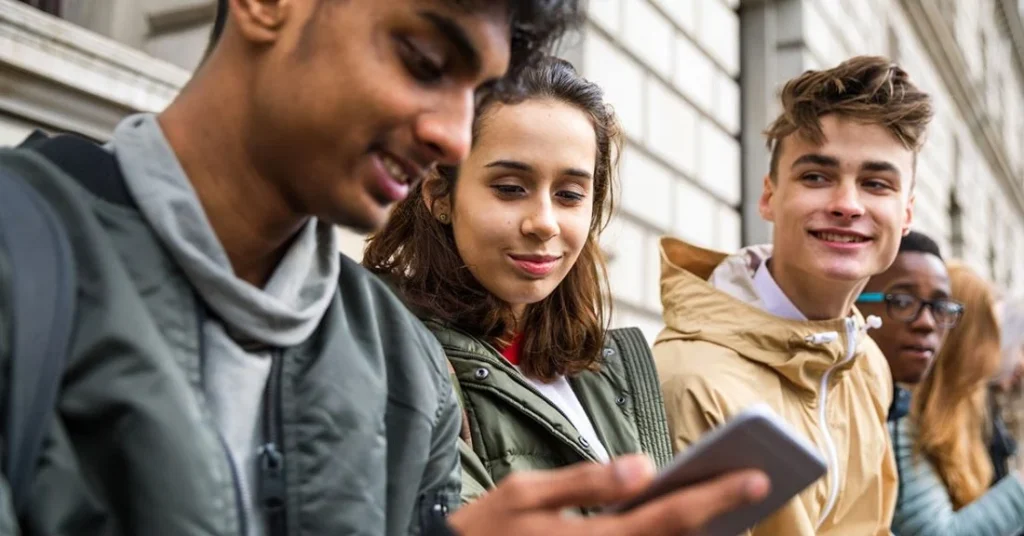
Know what Generation Z values. What does Gen Z like?
According to a McKinsey study, 73% of Generation Z reported trying to purchase from companies they consider ethical. Nine of ten Zennials believe companies are responsible for addressing environmental and social issues.
Zennials value:
- Authenticity
- Ethical values
- Experiences
- Health and wellness
- Self-development
- Sense of connection to a brand
- Transparency/trust
- Independence
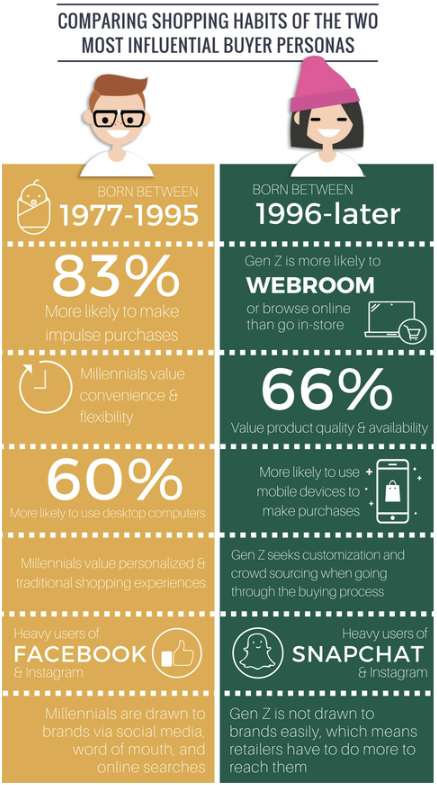
Businesses achieve value by interacting with consumers, sharing behind-the-scenes content, and hosting engaging polls and competitions on social media. Gen Z wants to feel involved in the brand, almost like a personal connection.
Knowing Generation Z by comparing them with Millennials
Numerous similarities exist between the age groups, primarily attributed to the significant rise of social media and the internet during their lifetimes. However, there are also distinct differences.
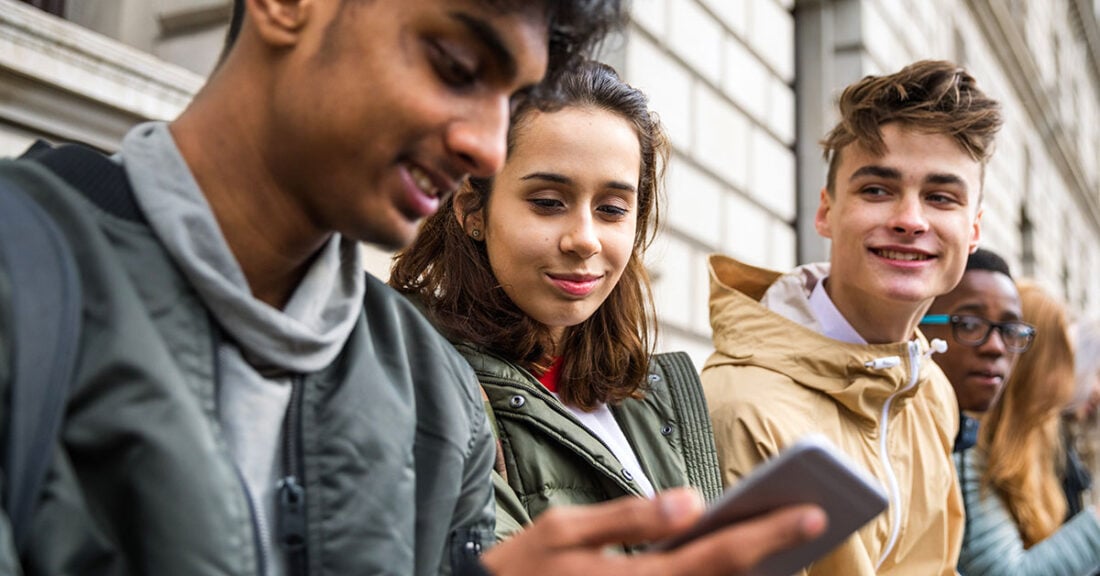
Studies indicate that capturing the attention of Millennials is significantly more challenging than it was with previous generations. Millennials perceive life as an ongoing learning journey, so creating content that is informative and relevant to their interests may sustain their attention over extended periods. Additionally, this generation embraces multitasking as it enhances efficiency.
n contrast, Gen Z prefers consuming content in shorter bursts. With constant exposure to various media, brands must stand out quickly for any chance of capturing their attention. While not necessarily prioritizing formal learning, this age group is interested in self-improvement, although only sometimes aligned with traditional educational pursuits like the Millennials.
How to get Generation Z’s attention. How can your business gain it?
Before we can understand how to capture the attention of this cohort, we need to dive deeper into the different kinds of attention.
Most of us have likely experienced driving to work while listening to music. In this scenario, our focus alternates between the music and driving, demonstrating a low level of selective attention to both tasks.
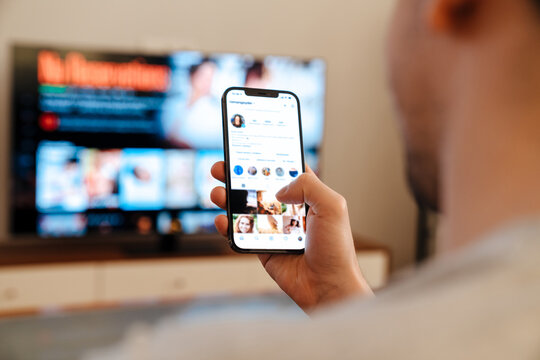
Another common example is scrolling through social media while a game or TV show plays in the background. Occasionally, we tune into a specific play or scene, displaying selective attention to one thing while primarily focusing on another.
Therefore, it’s not necessarily that our attention spans are getting shorter, but rather that our attention is being pulled in more directions than in previous generations. This can make it quite challenging for businesses to compete for consumers’ focus.
As a business aiming to reach consumers with a message or product, you must encourage consumers to shift their attention from what they are intentionally focusing on to unintentionally paying attention to you.
So, what are some ways you can shift their attention?
- Relatability
- Video Content
- Storytelling
- Staying current with trends
- Developing a brand personality
- Incorporating influencers

Take your marketing to the next Generation with our help.
With Generation Z’s up-and-coming buying power, they will soon wield more influence than any other age group, making it essential for businesses to adapt their marketing strategies accordingly. The three ways your business can best market to Gen Z areto know who they are, what they value, and how to grab their attention.
Call us if you need assistance learning the best marketing strategies for your business!
